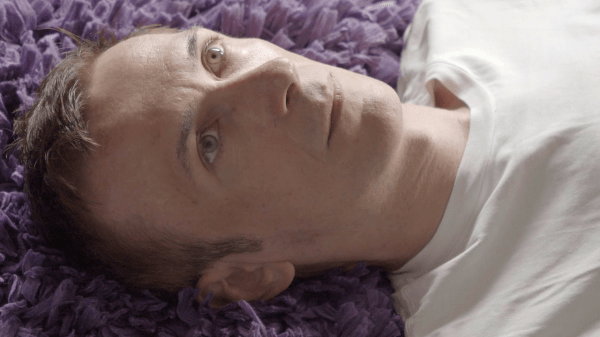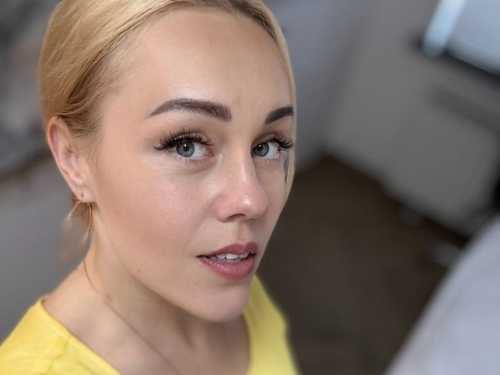
The tribunal investigated war crimes in a territory that now encompasses seven countries. Many of the interpreters had been victims themselves.
A woman addresses the person who killed her children: “I would like to know in which grave they are, so that me, their mother, can give them a proper burial.” She says this, but she doesn’t say this, not exactly. These words, in English, come from a man looking out a window over The Hague. He speaks for her. As an interpreter for the International Criminal Tribunal for the former Yugoslavia, Besmir would take on the perspective of whomever he translated—victim or perpetrator. In the tribunal’s intricate legal proceedings, which took place from 1993 to 2017, the interpreters had a critical, but functional, responsibility: if they’re doing their job well, they’re almost invisible. In Eliane Esther Bots’s “In Flow of Words,” which won the Golden Calf award for best short documentary at the Netherlands Film Festival this year, they take center stage, describing the experience of translating war crimes.
Bots lives in The Hague, where the tribunal took place for most of her life. She never thought about the work of interpreters until a chance encounter with one of them, a woman named Alma, who was haunted by the stories she had translated. Bots watched hours of the tribunal’s archival footage and compared the proceedings to theatre: “everyone has a role.” In an impromptu scene early in the film, Alma compares the role to that of a vase: “The only purpose of a vase is to hold a flower. And our sole purpose here . . . is to provide interpretation, to facilitate a conversation and nothing else.” And yet that facilitation is both skillful and powerful. “Hey, it is just words, don’t worry,” an interpreter named Nenad says in a voice-over. His tone is calm, he speaks slowly and deliberately. “Take it easy. Listen to me. With my voice, and choice of words”—here the voice performs a lilt, the sound of nothing being wrong—“I can make any sentence less of a confrontation, while still giving a correct interpretation.”
The New Yorker Documentary
View the latest or submit your own film.

Throughout the film, the interpreters reveal what was demanded of them—neutrality, the use of the first person—and some of the ways the work affected them. But more is left unsaid. In the nearly twenty-five years of its existence, the tribunal translated a million documents into as many as five languages; court proceedings were held in three or sometimes four languages. The tribunal investigated war crimes committed in a territory that now encompasses seven countries, and virtually the only people with the skills to move fluidly between the court’s languages—English, French, Bosnian/Serbian/Croatian, Albanian, Macedonian—were those who lived where the violence had occurred; many of the interpreters had been victims themselves.
Besmir, who says he lost his childhood to the Yugoslav Wars, recalls his first job with the I.C.T.Y.: at the age of nineteen, he accompanied archeologists and excavators during the discovery of a mass grave near Srebrenica. The smell of dead bodies at first repulsed him, but then he realized that if he had been born twelve miles away from his birthplace, he could have ended up in that grave himself. After that, he says, “their smell wasn’t all that overpowering for me anymore.” But the work would take its toll. After translating an account of a young boy’s murder, Besmir went home and started drinking. He stayed drunk for a month.
“Everything that comes out of your mouth is important. Suddenly your thoughts are my thoughts,” Nenad says. The connection between interpreters and their subjects lasts long after their work is done. Alma cannot shake the memory of a painting of the Jajce waterfall, in central Bosnia, that she saw in the home of an elderly couple she once visited on a fact-finding mission. The painting hung in the couple’s living room, near photographs of their sons who had been taken to a concentration camp and disappeared. “I realized that after eight years they still believed that their children are alive—and that was just heartbreaking,” she says. In the room where she tells this story, another picture of the Jajce waterfall hangs on a different wall. She lies on a bed surrounded by the waterfall’s image.
“I didn’t go to a psychologist because I thought it would go away,” Alma told me. “But it doesn’t really go away.”
Sourse: newyorker.com






